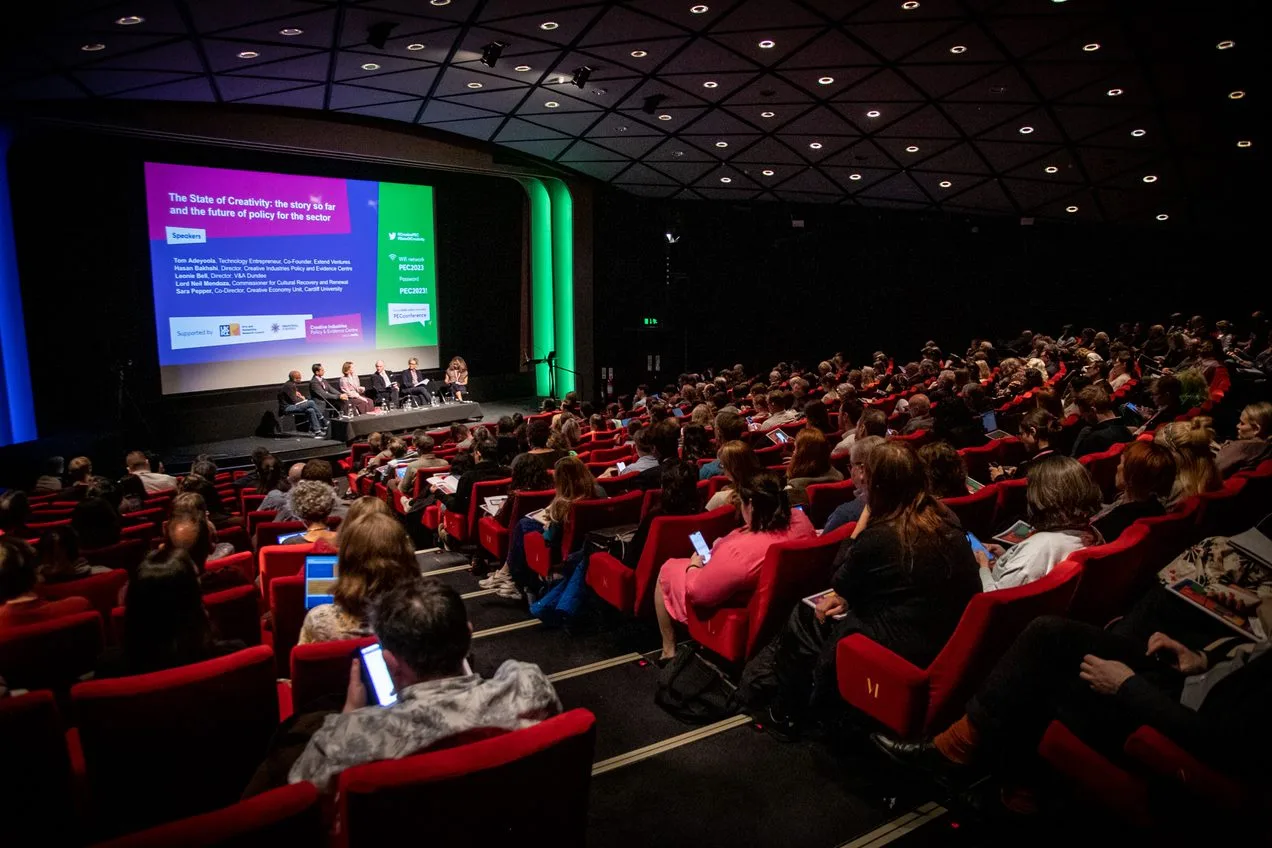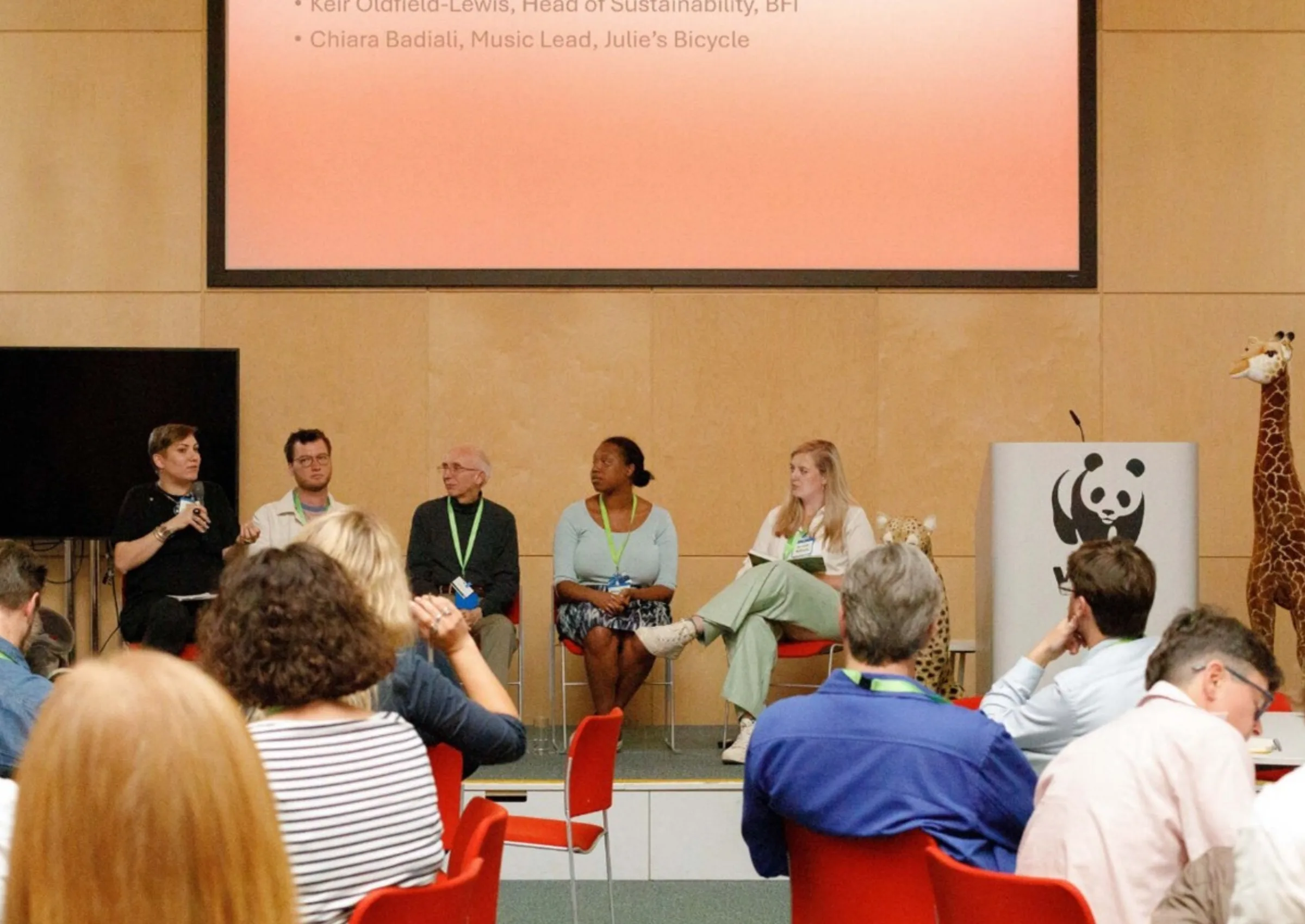R&D plays a key role in the innovation processes of many businesses, and is also a driver of economic growth at the local, regional and national level.
For this reason, many governments incentivise companies to invest in R&D (for a survey, see Becker 2015; and Bloom, Van Reenen and Williams 2019). For example, the UK provides an R&D tax credit that allows businesses engaging in R&D to claim back their costs against their tax bill.
But what activities count as R&D? The UK government’s current definition of R&D for the purposes of tax credits involves activities that are uncertain and rely on science and technology to resolve these uncertainties in the development of products and services. While the UK is not alone in focusing R&D incentives around science and technology sectors, the OECD takes a broader view of what constitutes ‘science and technology’ R&D and also includes R&D activities based in the arts, humanities and social sciences (AHSS). At least 23 other countries, including Germany, France, Italy, South Korea and Mexico recognise R&D in the AHSS for the purposes of tax credits.
The creative industries are a sector that is known to be highly innovative (here and here), but it is likely only a fraction of R&D by creative industries firms meet HMRC’s definition. Our research from the PEC’s longitudinal Creative Radar survey has captured some important insights about the innovation activities of creative industries businesses. This survey was first carried out in January-March 2020 just before the Covid-19 pandemic, and then companies were re-surveyed in April 2021 to track the impact of the pandemic, and thanks to funding from the AHRC in Spring 2022 we will be surveying the companies for a third time. What does the Creative Radar survey tell us?
R&D is common in the creative industries
In our sample of 976 creative industries businesses, 68% reported doing at least some R&D. 12% had a regular line-item budget for R&D (implying they planned R&D enough to allocate funding annually), and 56 reported doing R&D but without a dedicated budget. Our focus for the time being is those companies that maintain a regular R&D budget, as these are the ones that are, generally speaking, more likely to be eligible for tax credits (although this is not necessarily the case).
Not all creative industries businesses with R&D budgets receive R&D tax credits
In our sample only 14% of companies with an R&D budget (and only 6% of our whole sample) had received R&D tax credits in the past year. This suggests that only one in four creative industries businesses that could be eligible for R&D tax credits actually received this support.
Companies that invest in R&D were more likely to grow (before Covid).
The companies that invested in R&D with annual budgets were more likely to have reported having been through a period of growth in the previous year. All things being equal, companies investing in budgeted R&D were more likely to have had positive turnover growth, and indeed high turnover growth, in the previous year (more generally, however, companies investing in R&D on average performed neither better nor worse than other companies in our sample). This finding is important as one key understanding from previous research is that companies that are innovative are not necessarily always more likely to grow in any given year. The fact that the subset of creative industries companies who budget for R&D are innovative and do appear to have recently grown more is indicative – though not proof – that their R&D activities may give them the ability to capture value.
Companies with R&D budgets are more prone to combine skills and adopt new technologies
With the aim of learning about how companies are adopting new technologies, we asked firms about their adoption of new technologies such as big data, machine learning, virtual augmented or mixed reality, automation or robotics, and 3D printing. Our findings show that firms that invest in R&D systematically are more likely to adopt those technologies. Surveyed companies were also asked to report information on their employees’ skills sets. We find that R&D-intensive firms are more likely to host employees that hold higher education degrees within STEM, creative and management fields.
Companies with R&D budgets generate more turnover from new products.
We asked companies how much of their turnover was generated from products or services that were new-to-market. We find that companies that have R&D budgets are significantly more likely, all things being equal, to generate a higher share of their turnover from innovative products. These companies are also omore likely to be located within the creative clusters identified in Nesta’s 2018 Creative Nation report Still, they are equally likely to be located within or outside the creative microclusters identified in the PEC’s Creative Radar report.
High-growth, R&D-intensive creative industries businesses are more likely to be co-located.
Our evidence shows that these companies are most likely to be located in the creative clusters previously identified in in Nesta research at the Travel-to-Work-Area level. This is consistent with the idea that these companies benefit from the agglomeration and spillovers associated with participation in local clusters. There appears to be a particularly strong association for these companies with access to universities.
Our findings add to the growing evidence base that there are a substantial number of companies in the creative industries that conduct R&D. Those companies that budget for their R&D activity are more likely to grow and more generally are more likely to be located within creative clusters, likely generating positive spillovers for other creative industry firms in their regions. The PEC has written extensively on the disconnect between R&D activity in the creative industries and the incentives provided by UK R&D tax credits (here and here). Consistent with this, our data shows that relatively few creative industries firms we surveyed are receiving R&D tax credits, even amongst those firms which have a dedicated budget for R&D and are thus most likely to fit HMRC’s other criteria for reliefs. This indicates that current R&D tax credit provision is not capturing the breadth of creative industries activity that firms themselves classify as R&D, and which our data suggests is leading to innovation and growth. On this basis, the Government should take steps to review its definition of R&D for tax relief purposes, including dropping the AHSS exclusion as argued by PEC colleagues.
This blog was published as part of the PEC’s spotlight on R&D week which ran between 14 – 18 February 2022
Image credit: Photo by mali maeder from Pexels
Related Blogs
What UK Job Postings Reveal About the Changing Demand for Creativity Skills in the Age of Generative AI
The emergence of AI promises faster economic growth, but also raises concerns about labour market di…
Creative PEC’s digest of the 2025 Autumn Budget
Creative PEC's Policy Unit digests the Government’s 2025 Budget and its impact on the UK’s creative …
Why do freelancers fall through the gaps?
Why are freelancers in the Performing Arts consistently overlooked, unseen, and unheard?
Insights from the Labour Party Conference 2025
Creative PEC Policy Adviser Emily Hopkins attended the Labour Party Conference in September 2025.
Association of South-East Asian Nations’ long-term view of the creative economy
John Newbigin examines the ASEAN approach to sustainability and the creative economy.
Take our Audience Survey
Take our quick survey and you might win a National Art Pass.
Culture, community resilience and climate change: becoming custodians of our planet
Reflecting on the relationship between climate change, cultural expressions and island states.
Cultural Industries at the Crossroads of Tourism and Development in the Maldives
Eduardo Saravia explores the significant opportunities – and risks – of relying on tourism.
When Data Hurts: What the Arts Can Learn from the BLS Firing
Douglas Noonan and Joanna Woronkowicz discuss the dangers of dismissing or discarding data that does…
Rewriting the Logic: Designing Responsible AI for the Creative Sector
As AI reshapes how culture is made and shared, Ve Dewey asks: Who gets to create? Whose voices are e…
Reflections from Creative Industries 2025: The Road to Sustainability
How can the creative industries drive meaningful environmental sustainability?
Creating value: the creative economy beyond culture by Marta Foresti
Marta Foresti explains the value of international cooperation as she becomes Chair of the GCEC.












